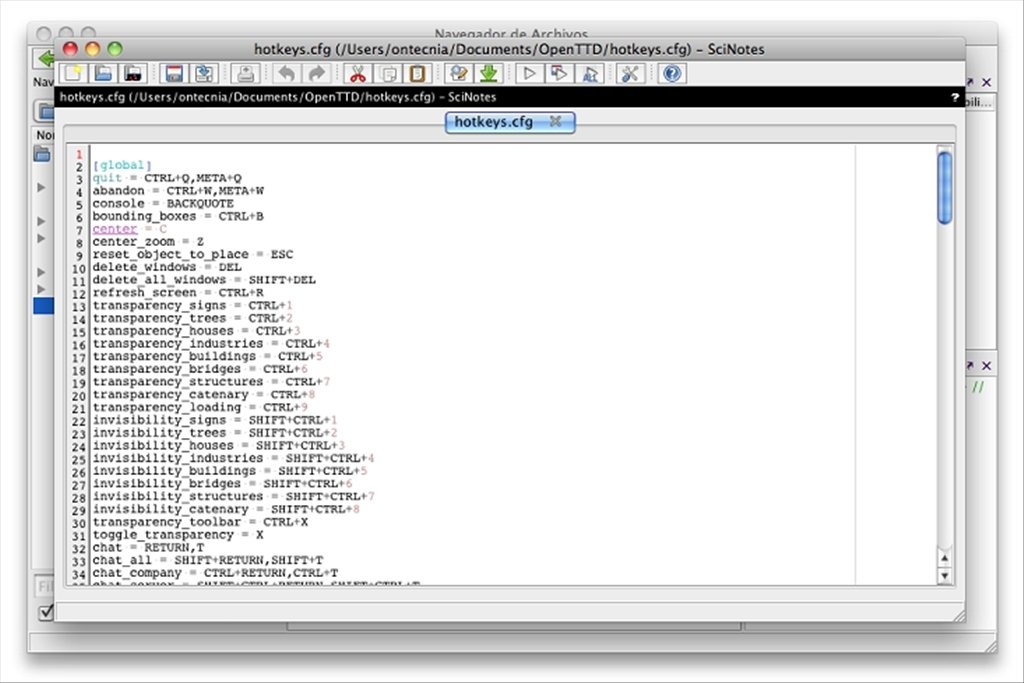
color_flag = 2 // back to default mode e. color_flag = 1 // color index proportional to altitude (z coord.) e. z, 4 * rand ( 1, 800 ) ) // random color vector e. T = ' z = sin ( t ) * cos ( t ' ) = genfac3d ( t, t, z ) plot3d (, , list (, ) ) e = gce ( ) f = e. You can use the function genfac3d to compute fourĮnter the command plot3d() to see a demo. Note that all these optional arguments exceptįlag can be customized through the axes entityĪs described before, the flag option deals with surfaceĮntity properties for mode (see surface_properties) and axes ,can be passed by a sequence of statements The optional arguments theta, alpha, leg ,flag, The surface entity properties (via tlist affectations)Īnd edited using color_flag option (see surface_properties). In this case positive values for colors mean


The color argument must be a matrix of size nfxn giving the color nearĮach boundary of each facets. It is also possible to get interpolated color for facets. Id -colors(i) is used and the boundary of the facet is I and the boundary of the facet is drawn with current

You can give a specific color for each facet by usingĬolors(i) is positive it gives the color of facet Through the surface entity properties (see surface_properties). Zf by multiple matrices assembled by rows as Plot3d(xf,yf,zf,)ĭraws a surface defined by a set of facets. X=1:m, y=1:n and =size(z) where m and n must be greater than 1. Plot3d(z) draws the parametric surface z=f(x,y) where If flag is missing,Įbox is not taken into account (by default ebox is missing).Īrgument acts on the data_bounds field that canĪlso be reset through the axes entity properties (see axes_properties). This argument isĬorresponding behaviour). It specifies the boundaries of the plot as the vector Through the axes entity properties (see axes_properties). Note that axes aspect can also be customized box=3:Ī box surrounding the surface is drawn andĪ box surrounding the surface is drawn, captions Only the axes behind the surface are drawn. Note that axes boundaries can be customized Rescales automatically 3d boxes with extremeĪspect ratios, the boundaries are specified by the valueĪspect ratios, the boundaries are computed using theģd isometric with box bounds given by optionalģd isometric bounds derived from the data, similarly toģd expanded isometric bounds with box bounds givenģd expanded isometric bounds derived from the The plot is made using the current 3D scaling (set Surface entity properties (see surface_properties). Note that the surface color treatment can be done modeĭrawn with current line style and color. Separator, for example (by default, axis have no label). String defining the labels for each axis with as a field Observation point (by default, alpha=35° and theta=45°). Real values giving in degree the spherical coordinates of the can be one of the following: theta,Īlpha ,leg,flag,ebox (see definition below). This represents a sequence of statements key1=value1,

Of size (nf,n) giving color near each facet boundary (facet color is Each facetĬoordinates of the points of the ith facet are given respectively byĪ vector of size n giving the color of each facets or a matrix Having said all that, it would probably be much better to make your function vectorized, and just use the surf(x, y, pr) syntax directly.Row vectors of sizes n1 and n2 (x-axis and y-axisĬoordinates). However, if you don't want to change your whole function just for this, which presumably you don't want to, then you simply have to transpose z in the call to surf, to ensure that you match x to the columns or z' (i.e, the rows of z), and y to the rows of z' (i.e. Then you could have called surf(x, y, z) normally, knowing that x corresponds to columns, and y corresponds to rows. In a sense, you should have designed pr so that it should have expected to be called as pr(y,x) instead, so that when passed to feval as feval(y,x,pr), you would end up with an output whose rows increase with y, and columns increase with x. Therefore, you can see that you've called feval with the x, y arguments the other way round. In other words, in your z output, the i become rows (and therefore u should represent your rows), and j becomes your columns (and therefore v should represent your columns). Returns the matrix z such as z(i,j)=f(u(i),v(j)) In other words, think of surf as surf( Col, Row, Z )įrom the help feval page (changed notation for convenience): By default, X = 1:size(Z,2) and Y = 1:size(Z,1) are used.Ī real matrix explicitly defining the heights of nodes, of sizes n y x n x. All grid cells are quadrangular but not necessarily rectangular. Two vectors of real numbers, of lengths nx and ny or two real matrices of sizes ny x nx: They define the data grid (horizontal coordinates of the grid nodes). Stephane's answer is correct, but I thought I'd try to explain better why / what is happening.


 0 kommentar(er)
0 kommentar(er)
